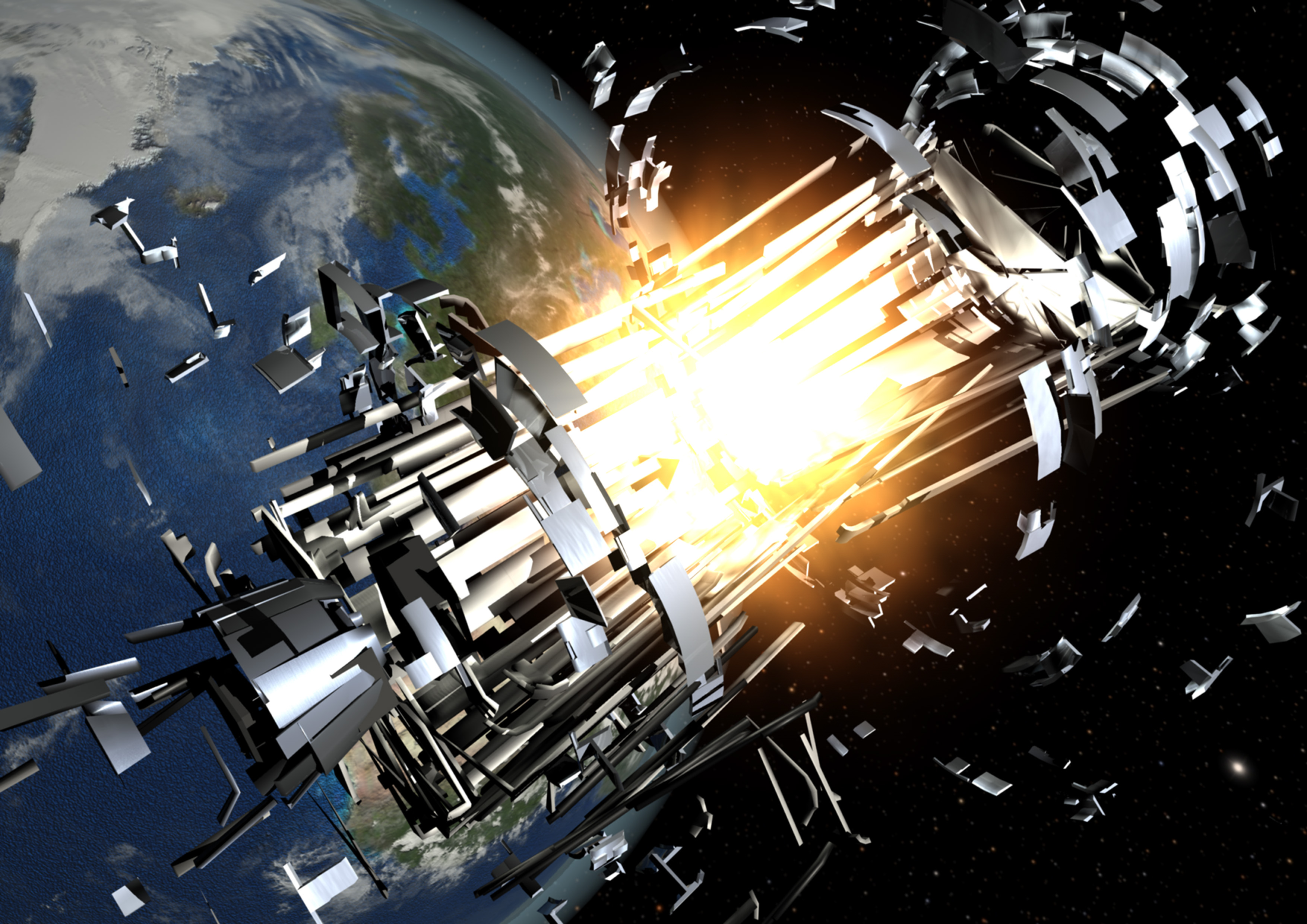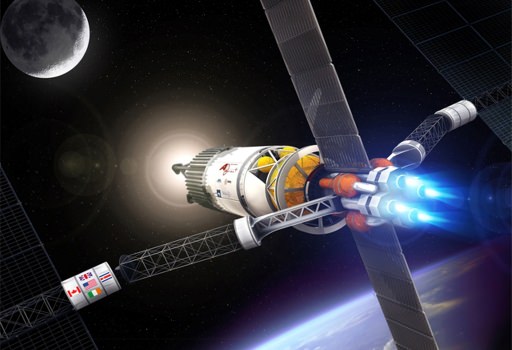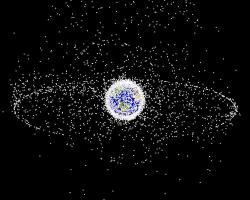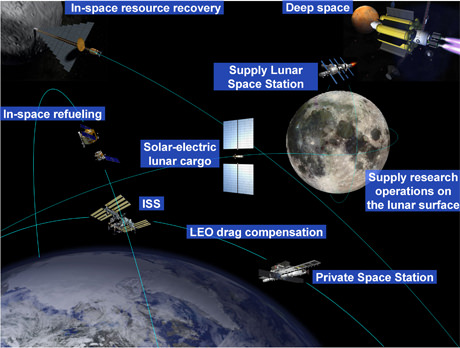[/caption]
The effects of climate change can be seen across the majority of the planet, but a new study reveals it is also affecting the space environment. New Scientist reports that increased carbon dioxide levels are cooling the upper atmosphere, which decreases the atmospheric density. This in turn affects how long defunct satellites, spent rocket boosters and other space debris stay in orbit, contributing to the space junk problem.
Atmospheric drag creates a braking effect on space debris, and eventually causes the various bits and pieces to drop out of orbit and burn up. Two researchers at the University of Southampton in the UK, Arrun Saunders and Hugh Lewis, studied the orbits of 30 satellites over the past 40 years, and recorded a gradual increase in the time they remain in orbit.
They calculated that at an altitude of 300 kilometers, the atmosphere is reducing in density by 5 per cent every decade. “The lower molecular braking means debris can remain in orbit up to 25 per cent longer,” said Lewis.
This raises the risk of collisions with satellites and makes it more hazardous to launch spacecraft. Space agencies and commercial launch companies may need to step up the current space debris mitigation procedures now in place, which include employing on-board passive measures to eliminate the potential for explosions from batteries, fuel tanks, propulsion systems and pyrotechnics, which helps reduce the number of objects in orbit. Or we may need to find a way to remove debris from orbit sooner rather than later.
Saunders and Lewis presented their work at a conference in Boulder, Colorado, last week.
Source: New Scientist




